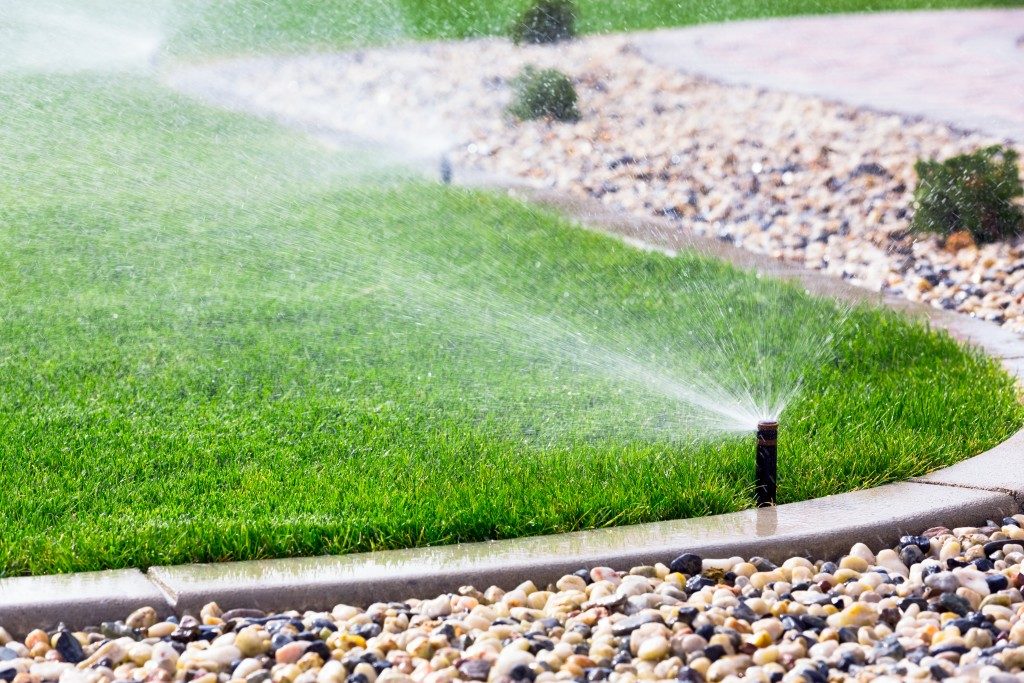Don’t you just love gazing out your window at your lush spring lawn? The blades of grass are green, the flowers are in full bloom, and the birds and happily chirping outside. Everybody loves a vibrant lawn; but, for commercial properties, especially, keeping a verdant lawn is essential to attracting customers and visitors.
When summer rolls around, though, it brings with it extreme heat—heat that can spell trouble for your gorgeous garden in not just one but two ways.
Lawn Damage by a Heat Wave
The National Oceanic and Atmospheric Administration (NOAA) reported that the summer of 2018 was the fourth hottest on record in U.S. history. According to NOAA, the average heat across the contiguous U.S. was 73.5 degrees F, 2.1 degrees above average.
While some plants can withstand, and even thrive, in extreme heat, a lot of varieties cannot. Excessively hot temperatures like this can reduce your verdant lawn into an unattractive carpet of brown and green. The heat drains the soil and the grass of water that the latter needs to survive. As your lawn slowly gets damaged by extended periods of heat and lack of water, the grass turns brown and dry. As the damage worsens, the dried grass may become uprooted, leaving your lawn patchy.
Before calling your preferred commercial property lawn care company, you might think the solution to your heat-damaged lawn is simple. All it needs is water, right? The problem with this is that when the grass is dry and damaged, people tend to overwater it. This overcompensation for the heat is the second, albeit indirect, way that the extreme summer temperature ruins your lawn.
Lawn Damage by Overwatering
Rainfall is infrequent during the summer, so your lawn needs to be watered manually. When your lawn turns brown because of damage, it’s a clear sign that it needs watering. However, you shouldn’t overcompensate for the heat.
Grass plants do not need and cannot utilize too much water. So, when you overwater your lawn, you’re drowning the plant’s roots, which can be much more damaging than leaving your lawn parched. Too much water causes the soil to become anaerobic, which means it is devoid of oxygen. Water replaces what should have been air in the soil. As a result, your lawn’s soil becomes more compacted, with an inability to support microbial activity, preventing grass roots from digging deep.

So, how do you know if you’re overwatering your lawn? One visible sign is the presence of Necrotic Ring Spot (RNS), a soil-borne lawn fungus. This appears as circular or irregularly-shaped straw-colored patches in your lawn that result from the lack of beneficial microbial activity in the soil.
Other signs of an overwatered lawn are a shallow root system and increased pest pressure, mold, and root rot. So, when summer rolls around, remember to give your lawn only about an inch and a half of water every week. This is the optimum amount the grass needs to stay green and healthy despite the heat.
Like humans, your commercial property’s lawn and all the flora in it also experience thirst in the summer. By learning how to properly water your lawn, you can revive or keep it healthy not just through the summer, but all year long.


